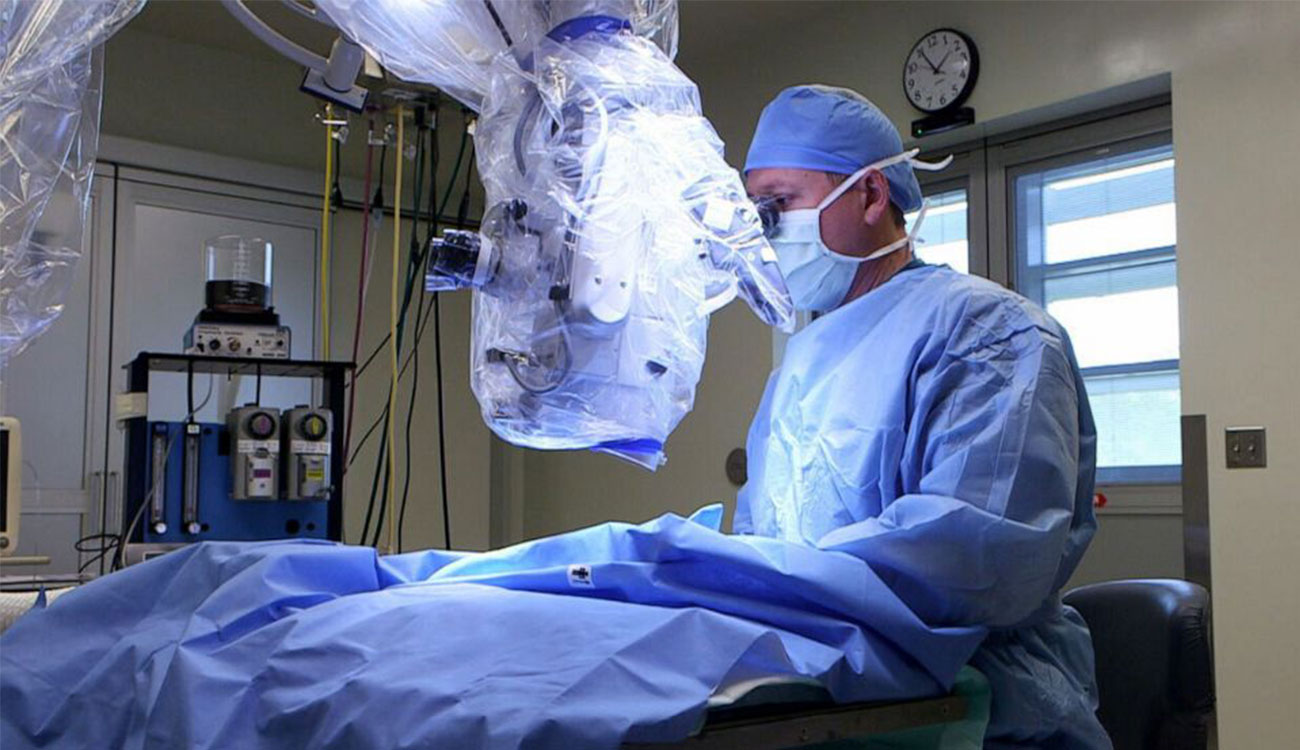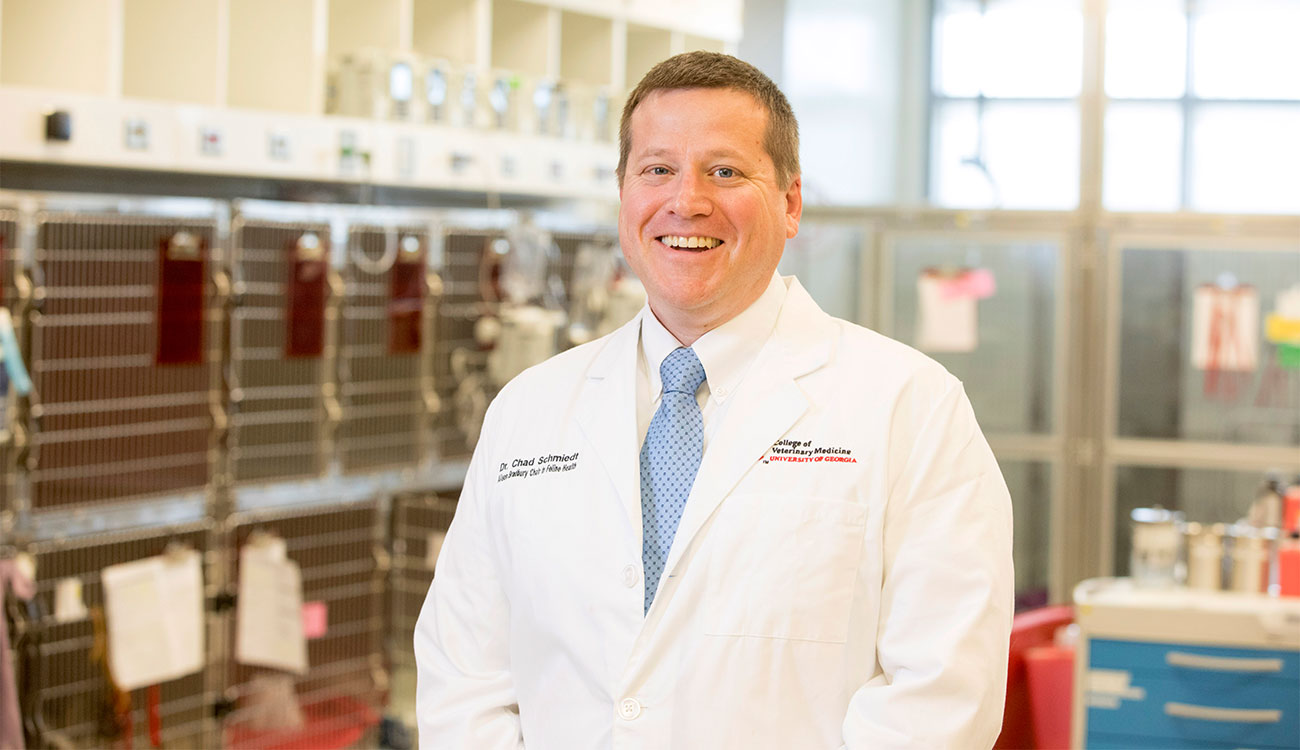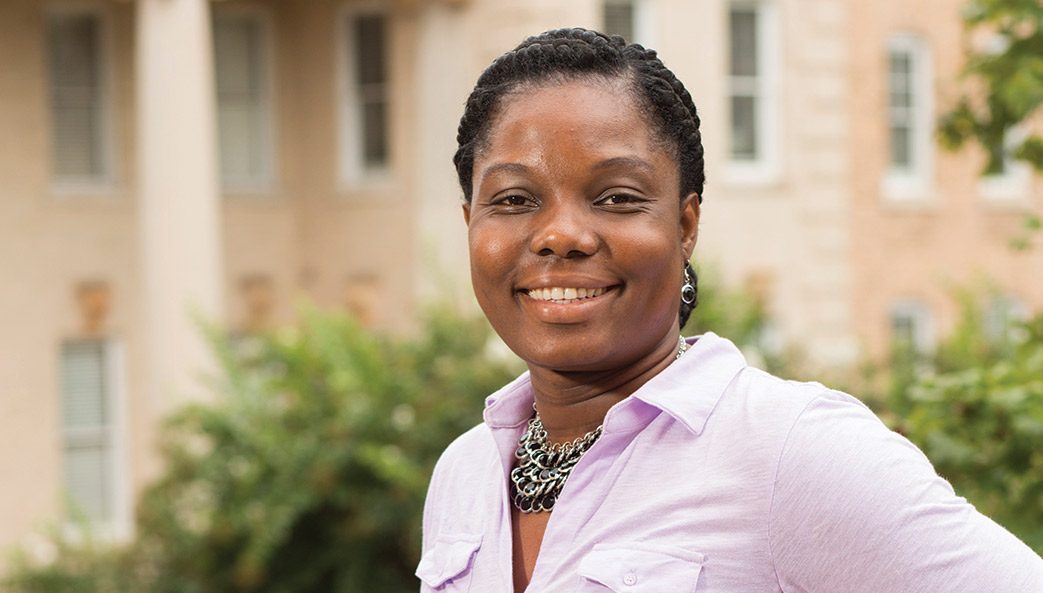Dr. Chad Schmiedt is professor and Alison Bradbury Chair in Feline Health in the College of Veterinary Medicine, where he earned his DVM in 2000. Specializing in kidney disease in cats, Schmiedt works regularly with companies like Elanco and Boehringer Ingelheim to develop new diagnostics and therapeutics that help improve the lives of his feline patients and give peace of mind to their humans.
In this interview, Schmiedt talks about his research, how it’s evolved since he returned to his alma mater as a clinical faculty member in 2007—and what led him to become a vet in the first place.
Could you describe your research and its areas of focus?
I’m a small animal veterinarian and specialize in soft tissue surgery. My residency was at the University of Wisconsin, and my mentor worked in renal transplantation and kidney disease. So I became interested in transplants, transplant rejection and transplant injury. My mentor was specifically interested in the injury that happens to organs when they’re outside the body. If you get a kidney donated to you, the human transplant team may fly out on a helicopter, harvest the kidney, keep it ice cold in a special solution and bring it back. And his specialty was the special solution they stored that kidney in before it got back into you.
I came to Georgia after spending five years in Wisconsin. One reason I was attracted to UGA was because Scott Brown, who has since retired, was the department head at the time, and he was internationally known in veterinary nephrology. His wife, Kathy Brown, also was a nephropathologist, specializing in pathology of the kidney. Both were critical collaborators when I started. We started looking at kidney transplant-related injury, changes that happened to the kidney when it was outside of the recipient, and the physiological consequences of that injury when it was back in a body.
Then I realized, despite the specific interest I had, that very few animals will get transplants in their life. However, there are millions of animals that have kidney disease. So we began to shift our focus toward studying models of kidney injury and chronic kidney disease, and that’s been our focus in the last 10 years. We primarily look at cats, with the goal of bettering their lives. There are also a lot of translational components, because cats get a type of kidney disease that is similar to types of human kidney disease.
You were recently featured in stories in The Atlantic and on ABC News that focused on your transplantation work, so you’re still involved in that, correct?
That certainly remains a clinical focus. I run the transplant program in the Veterinary Teaching Hospital, and we see cases for renal transplant from all over the world. But I do a whole lot of other work in the clinic, so that’s a strong minority of how I spend my time. Most of the time I spend doing referral soft tissue surgery on dogs and cats for a variety of indications.
My research activity is more centered on mechanisms of renal injury, ultimately with the goal of figuring out how we can prevent renal injury, how we can treat it once it’s happened and how we can diagnose it. And that goes hand in hand with transplants because those are all huge issues related to kidney transplantation.

Can you talk about “clinical research,” what it means and how it differs from veterinary research outside a clinical setting?
That’s a hard question because it has two different answers. One type of clinical research involves clinical research trials with client-owned animals. For example, if you have a pet cat or a dog and wanted to come to the University of Georgia to get care, we have a list of 10 to 20 ongoing clinical trials for different diseases, and your pet may qualify to enter one of those trials. Cancer research is a big part of that, and our veterinary oncology service has a lot of clinical trials running to study new cancer therapeutics.
There is also clinically applicable research. I would differentiate this from basic bench research, where you’re looking at, say, mechanisms of molecular activation for certain cellular pathways. Clinically applicable research, on the other hand, tends to focus on a particular clinical problem. Chronic kidney disease in cats, or acute kidney disease in cats, is a clinical issue. I do a lot of work with models of injury, but I still see that as clinical research because it’s focusing on a complex clinical disease.
Do you work mostly with DVMs, or do you work with people in other disciplines, perhaps with an eye toward human application?
The majority of my collaborations are within the vet school, but I also have strong links to other colleges. For example, I work with Hitesh Handa, a bioengineer in the College of Engineering. We do a lot of work in models to test his different bioengineered surfaces, which have a goal of helping people by reducing blood clots and infection in medical devices. We share graduate students who exist in both worlds.
What are some of the biggest challenges that you face in your research, clinical or otherwise?
There’s not a lot of public funding for veterinary research. Unlike other research that happens at the college, such as vaccine research or infectious disease research, that level of funding doesn’t exist to study common conditions specific to veterinary patients. We have foundations that offer smaller grants, $10,000 to $50,000, which is still a lot of money, but it doesn’t really compare to the $1 million-plus NIH awards our human-oriented colleagues are getting.
That’s where industry partnerships come in. If you can develop relationships with industry that align with your area of interest, you can get a much better funding source that way.
Talk about your collaborations with industry—what do they focus on and how do they help you advance your work?
I’ve dealt with a few industry sponsors. Several of them have ended up being years-long relationships, and the balance of them have been all related to kidney disease—specifically our ability to model kidney disease in cats, understand how the models mirror naturally occurring disease, and then use those models to try to answer important clinical questions.
A problem with clinical research is that you have to recruit the clinical cases and convince the busy owners of the animals to participate, and those owners all have variable management practices at home. They might feed different food or give different supplements. They may or may not come back for their appointments. Their cats may have confounding conditions like heart, endocrine or intestinal disease that make it hard to suss out exactly what you are interested in evaluating. So sometimes it can take years to get enough cases enrolled for you to be able to answer a specific question – which, ultimately, delays our ability to translate that research into clinical care.
Has the number or scale of industry collaborations increased since you came to UGA?
I would say so. Our team has had relatively continuous industry funding for at least the last decade, and I think the interest is growing. I’m not sure if that’s because more companies are getting interested in kidney disease. Alternatively, there’s something to be said for reputation, where you have a track record and people are used to working with you and are confident in your ability.
Having the Office of Business Engagement and that infrastructure to support industry relationship has been helpful. That’s another advantage. But we have seen an uptick in interest over the last five years in our models and in our work. It’s probably a combination of all those things, honestly.
Last question: What made you want to be a vet?
When I was a kid, I wanted to be a physician. My mom was a veterinary technician; she loved animals, and we always had pets, dogs and cats and other animals. So we grew up with veterinary medicine around the house. My dad worked at a medical school; he was a Ph.D. and studied hearing loss. I always assumed I would go to medical school.
When the time came to apply to medical school, I was actually quite nervous about going into human medicine because the AIDS epidemic was still front page news. Another thought I had at the time was this mistaken belief that veterinarians were insulated from having to give people really bad news. It sounds funny now, but I didn’t want to have to tell a mother that her child was going to die. I didn’t want that emotional responsibility, but I was completely clueless because a lot of people have a similarly intense relationship with their pets and I, like every veterinarian, am very much exposed to the raw emotions we all feel for our pets.
It was kind of a combination of all those things. I have always loved animals. So veterinary medicine was this great combination of still doing science, still doing medicine, but maybe in a slightly less stressful world? Yeah, I’m not sure that’s still my perception, but that was my thought at the time.






